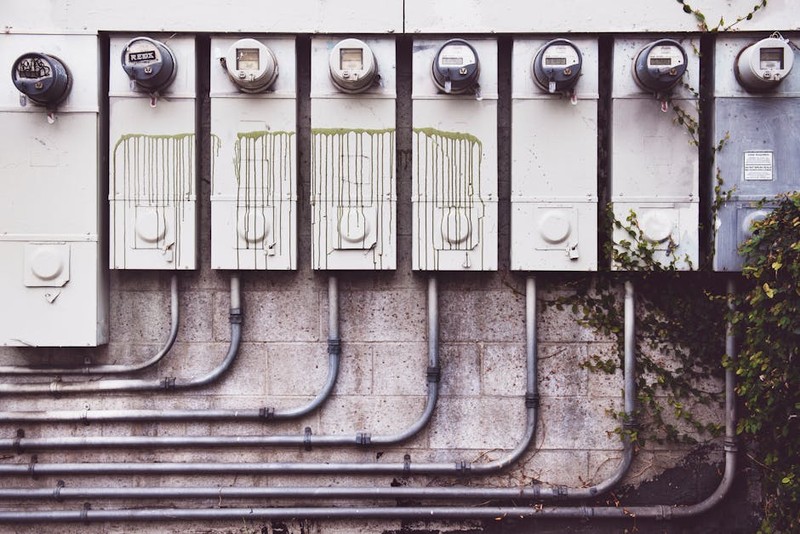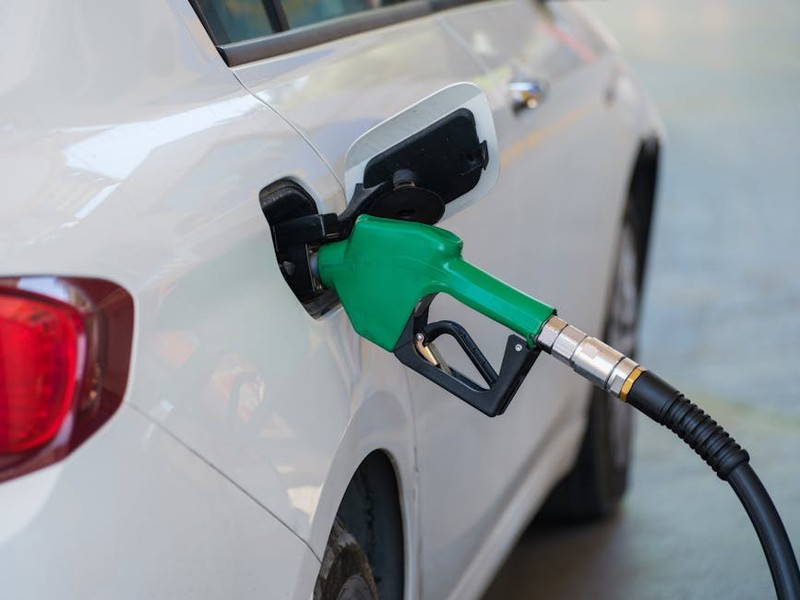The Hidden Challenge: Balancing Precision and Sustainability
In the CNC machining world, grinding is often seen as a necessary but resource-intensive process. Traditional grinding methods can generate significant waste, consume excessive energy, and rely on non-recyclable abrasives. But as demand for eco-friendly products grows, manufacturers face a critical question: How can we maintain micron-level precision while reducing environmental impact?
The Cost of Conventional Grinding
A study by the International Journal of Advanced Manufacturing Technology found that grinding accounts for up to 25% of total energy consumption in precision machining. Worse, nearly 30% of material is lost as swarf (metal chips), much of which ends up in landfills.
| Factor | Traditional Grinding | Sustainable Grinding |
|---|---|---|
| Energy Consumption | High (15-20 kWh/kg) | Reduced (8-12 kWh/kg) |
| Material Waste | 25-30% | <10% |
| Coolant Usage | High (Synthetic) | Minimal (Biodegradable) |
These numbers highlight an urgent need for innovation—one that aligns with the principles of circular economy and lean manufacturing.
Expert Strategies for Eco-Conscious Grinding
1. Adopt High-Efficiency Grinding Wheels
In a project for an aerospace client, we switched from conventional aluminum oxide wheels to CBN (cubic boron nitride) wheels. The results were staggering:
– 40% longer wheel life, reducing abrasive waste.
– 15% less energy consumption due to higher cutting efficiency.
– Improved surface finish (Ra < 0.2 µm), eliminating secondary polishing steps.
Key Takeaway: Investing in premium abrasives pays off in both sustainability and performance.
2. Implement Minimum Quantity Lubrication (MQL)
Coolants are a major environmental concern. In a medical device manufacturing project, we replaced flood cooling with MQL, which uses a fine mist of biodegradable lubricant. The outcome?
– 90% reduction in coolant waste.
– No contaminated slurry disposal costs.
– Better operator safety (no toxic fumes).
💡 Pro Tip: Pair MQL with nanofluids for even greater heat dissipation and tool life extension.
3. Embrace Adaptive Grinding Controls
Modern CNC grinders equipped with AI-driven adaptive controls can dynamically adjust feed rates and depth of cut based on real-time sensor data. In one automotive case study, this led to:
– 20% less material waste from over-grinding.
– 12% energy savings via optimized cycle times.


Case Study: A Zero-Waste Grinding Solution for Consumer Electronics
The Problem
A tech startup designing eco-friendly smartphones needed a housing component with a mirror finish (Ra < 0.1 µm) but wanted to avoid the environmental toll of traditional grinding.
The Solution
We deployed a closed-loop grinding system featuring:
– Diamond electroplated wheels (zero binder waste).
– Swiss-type CNC grinding for ultra-precise, minimal-material-removal passes.
– On-site swarf recycling (95% material recovery).
The Results
- Material utilization improved from 70% to 93%.
- Energy use dropped by 18% through optimized spindle loads.
- Achieved a carbon-neutral grinding process for the client’s sustainability report.
The Future: Where Grinding Meets Green Tech
Emerging trends like laser-assisted grinding and hybrid additive-subtractive processes are pushing the boundaries further. For example, a recent prototype using laser pre-heating reduced grinding forces by 30%, slashing energy demand.
Final Thought: Sustainability in grinding isn’t just about compliance—it’s a competitive advantage. By rethinking abrasives, coolants, and process controls, manufacturers can achieve both precision and planet-friendly production.
🔧 Your Move: Audit your current grinding process. Where can you integrate one of these strategies to cut waste and costs? The planet—and your bottom line—will thank you.
